
Here's some of what is coming soon to NeurologyLive® this week.
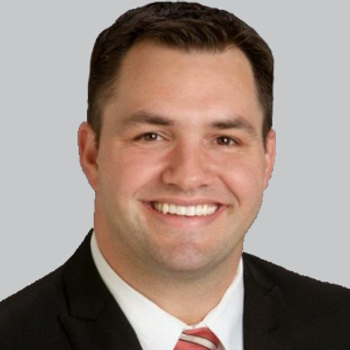
Richard Williamson, MD, FAANS, a neurosurgeon at Allegheny Health Network, provided commentary on the explosion of technology in neurosurgery and how exoscopes ease the process.
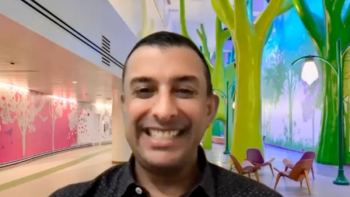
The pediatric neurologist at Nationwide Children's Hospital spoke on several innovations and potential concerns in neurology clinicians should expect in 2023. [WATCH TIME: 6 minutes]

Test your neurology knowledge with NeurologyLive®'s weekly quiz series, featuring questions on a variety of clinical and historical neurology topics. This week's topic is neuromyelitis optica spectrum disorder, or NMOSD.
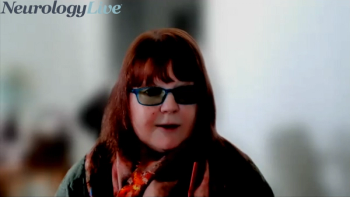
The executive director of Cure CMD discussed efforts being done to bring the stakeholder community together and improve the care for patients with congenital muscular dystrophies. [WATCH TIME: 4 minutes]
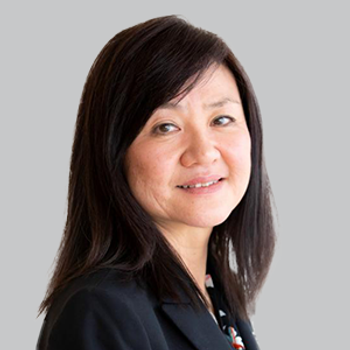
Li-Huei Tsai, PhD, director, the Picower Institute for Learning and Memory at Massachusetts Institute of Technology, discussed research results using gamma frequency sensory stimulation in Alzheimer disease.
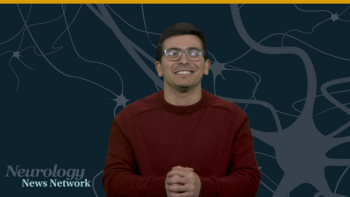
Neurology News Network for the week ending January 28, 2023. [WATCH TIME: 4 minutes]
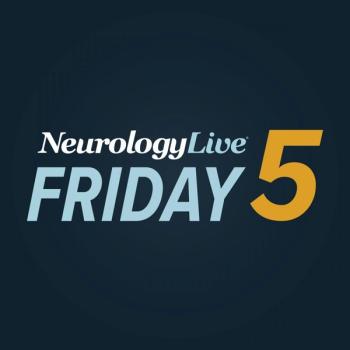
Take 5 minutes to catch up on NeurologyLive®'s highlights from the week ending January 27, 2023.

The psychologist and professor in the department of rehabilitation medicine at the University of Washington talked about the benefits of a new initiative from the National MS Society focusing on mental health. [WATCH TIME: 4 minutes]
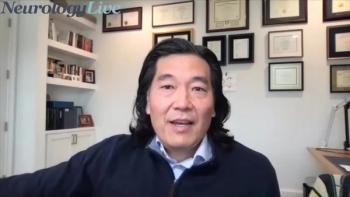
The director of Neuroinnovation and Multiple Sclerosis & Neuroimmunology Imaging Program at UT Southwestern Medical Center discussed ways to build off the ARISE study and the unanswered questions regarding radiologically isolated syndrome. [WATCH TIME: 3 minutes]

Take a look at 5 of the most-anticipated FDA pending approvals expected in 2023 that neurological researchers and clinicians should keep an eye out on.
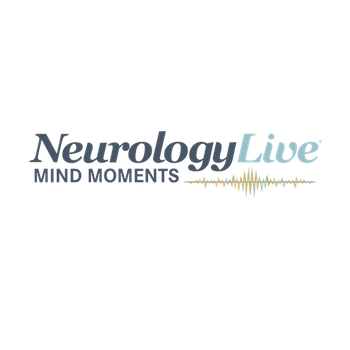
Mind Moments®, a podcast from NeurologyLive®, brings you an exclusive interview with Robert A. Hauser, MD, MBA. [LISTEN TIME: 20 minutes]

The new criteria, inclusive of both pediatric and adult patients, advocates for testing for MOG-IgG in appropriate populations, and cautions against testing patients with clinical and radiological features typical of multiple sclerosis.
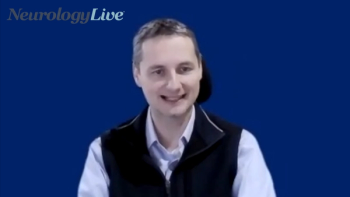
The vice dean for data science at Duke University School of Medicine spoke about the major disparities observed in models that assess stroke risk. [WATCH TIME: 4 minutes]
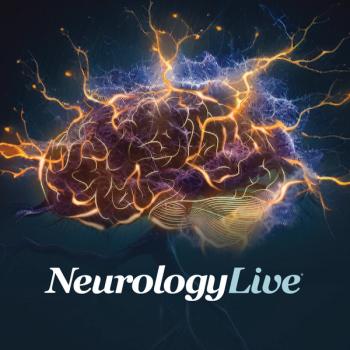
Data showed that slightly more than half of the patients with NMOSD visited at least 2 neurologists before receiving full diagnosis, and less than 30% reported they were aware of at least 1 nearby specialized NMOSD center.

The Abbott system previously earned approval for chronic pain in 2019, and adds another option for a patient population with no disease-modifying agents available for treatment.

After a follow-up of nearly 4 years, nearly half of the patients (n = 10) with baseline classification of cognitive IADL impairment and mild cognitive impairment converted to dementia.
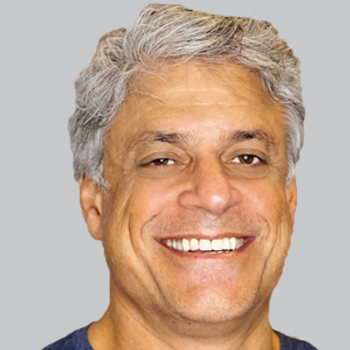
Going forward, the company must provide safety and steady-state pharmacokinetic data on the 200 mg dose of IKT-148009, as well as continued measurement of visual acuity and examination of the cornea and lens.

In the combined double-blind and open-label extension periods, plasma neurofilament light levels were lower in those on teriflunomide and were prognostic of relapse or MRI activity.
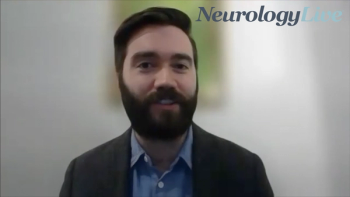
Ahead of the 2023 MDA Conference, which will be held from March 19-22, 2023, in Dallas, Texas, the vice president of public policy and advocacy at the Muscular Dystrophy Association provided an overview of the current state of access and the need for more advocates in neuromuscular disease. [WATCH TIME: 14 minutes]

Mesdopetam showed significant effects on the secondary end point of Unified Dyskinesia Rating Scale, an assessment of involuntary movements associated with long-term treatment with dopaminergic medication.

The vice dean for data science at Duke University School of Medicine talked about the main findings from his latest published study on stroke risk algorithms. [WATCH TIME: 3 minutes]

The director of Neuroinnovation and Multiple Sclerosis & Neuroimmunology Imaging Program at UT Southwestern Medical Center provided insight on the promising future of treating radiologically isolated syndrome at its earliest stages.

According to a medical records analysis, patients with late onset NMOSD experience transverse myelitis more frequently at disease onset in comparison with early onset NMOSD.
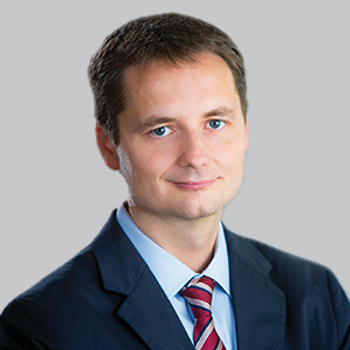
Michael Pencina, PhD, vice dean for data science at Duke University School of Medicine spoke about assessing the differences in stroke risk with Americans using algorithms.

The phase 3 KINECT-HD study, which showed statistically significant differences from placebo in Total Maximal Chorea score, served as one of the main parts to valbenazine’s supplemental new drug application.
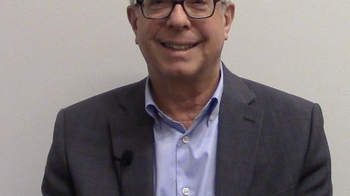
At the 2022 AES Conference, the Baldwin Keyes professor of neurology at Thomas Jefferson University talked about how clinicians and patients might define a seizure. [WATCH TIME: 3 minutes]

KM-819, a potent inhibitor of FAF1, a key regulatory protein in cell death pathways, is currently being assessed in a 2-part trial, with results expected to help guide a future 24-month study.

Michelle Chen, PhD, a neuropsychologist at Rutgers University, talked about the motivations behind her most recent published study on incorporating keystroke dynamics in MS cognition.

The director of Neuroinnovation and Multiple Sclerosis & Neuroimmunology Imaging Program at UT Southwestern Medical Center discussed the presentation of radiologically isolated syndrome and identifying candidates for treatment. [WATCH TIME: 4 minutes]